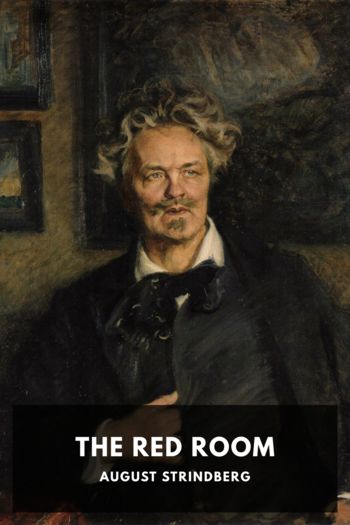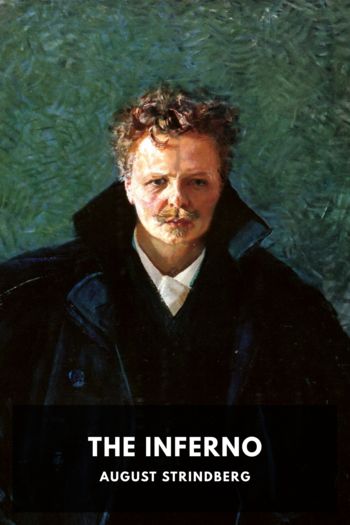
Description
August Strindberg’s novel The Red Room centers on the civil servant Arvid Falk as he tries to find meaning in his life through the pursuit of writing. He’s accompanied by a crew of painters, sculptors and philosophers each on their own journey for the truth, who meet in the “Red Room” of a local restaurant.
Drawing heavily on August’s own experiences, The Red Room was published in Sweden in 1879. Its reception was less than complimentary in Sweden—a major newspaper called it “dirt”—but it fared better in the rest of Scandinavia and soon was recognised in his home country. Since then it has been translated into multiple languages, including the 1913 English translation by Ellise Schleussner presented here.

Description
The narrator of The Inferno—ostensibly August Strindberg himself—has not had an easy recent past, and a move to Paris is not helping. As his mania overtakes his ability to function in the society of artists, writers, scientists and philosophers he’d like to be part of, he turns to more unconventional methods to help make sense of his world.
Written in diary form, The Inferno is a semi-autobiographical work that blends self-deprecating humour with a whirl of neurosis and attempted rationalisation. The novel, with a certain amount of exaggeration for literary effect, charts two years of Strindberg’s life in the 1890s. Presented here is Claud Field’s 1913 translation from the original French.